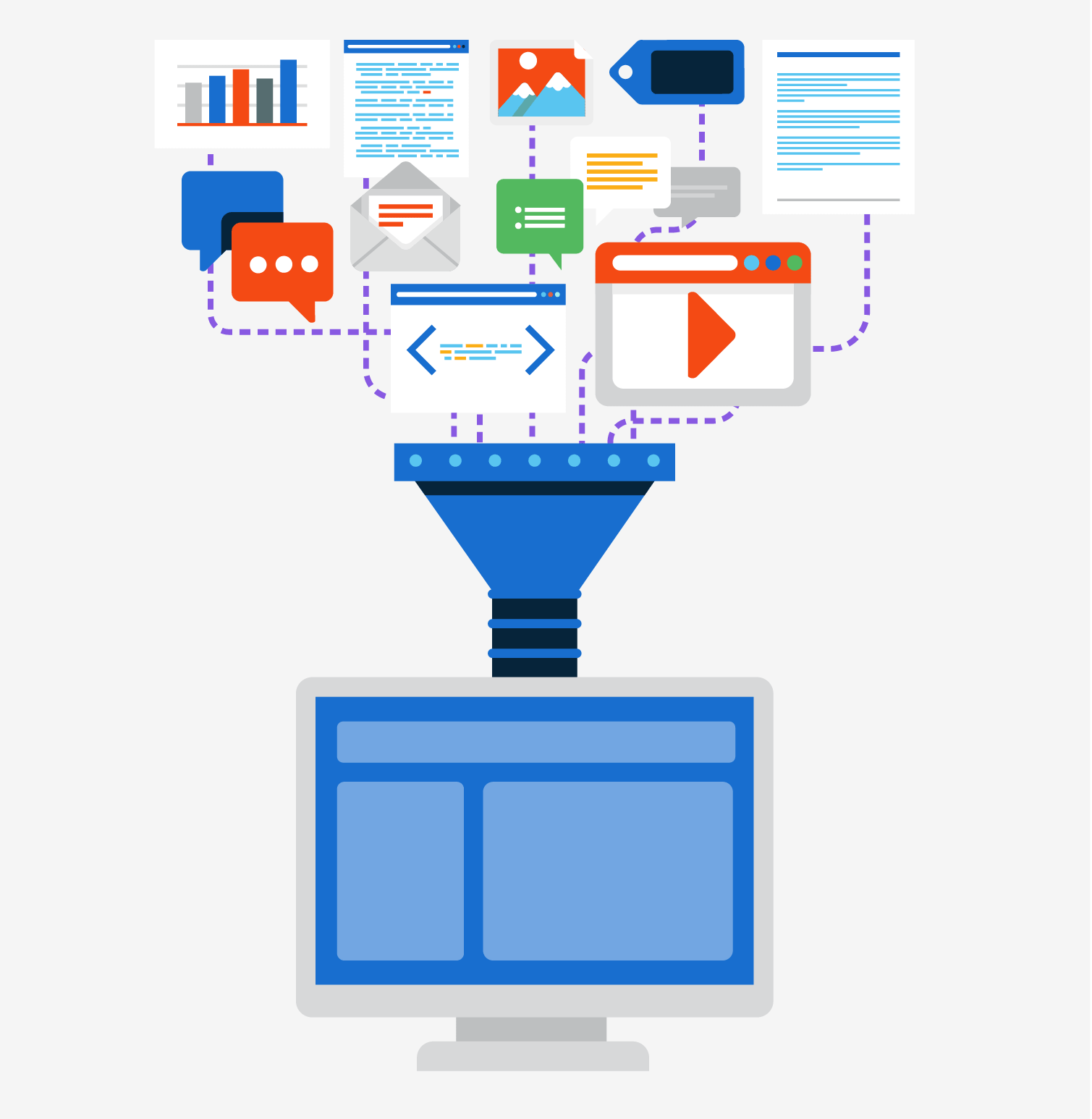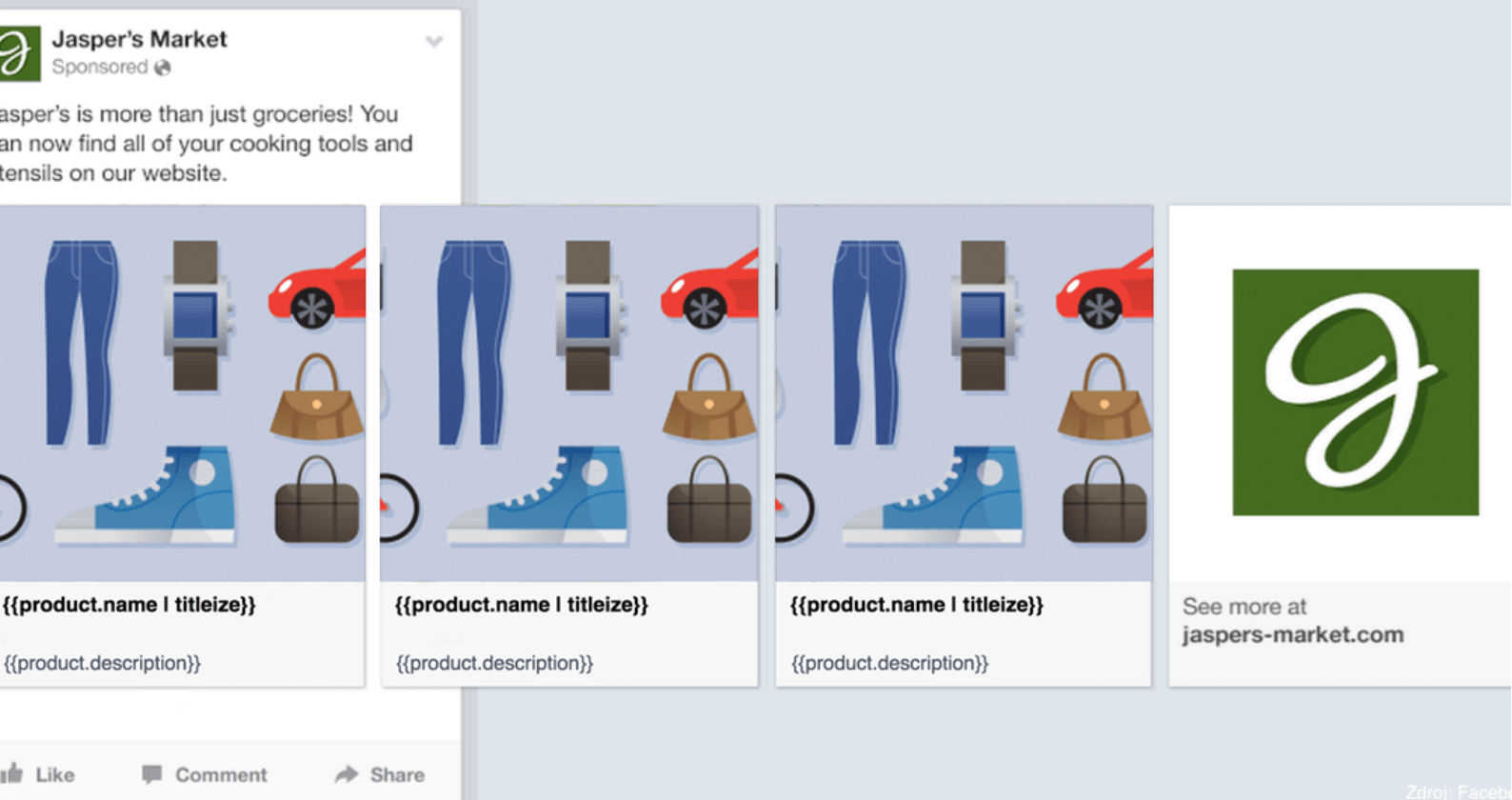Learning how to extract, interpret, and leverage the vast amounts of customer data generated by businesses has become a defining challenge. Data-driven organizations are three times as likely to outperform their peers. With the global market value of customer data doubling in just the last five years, companies cannot afford to ignore the predictive insights locked up in their data. One crucial component to leveraging the power of customer data comes from understanding buyer behavior and intentions through the lens of intent data.
As of 2023, 73% of B2B marketers use intent data to shape content such as email marketing campaigns and personalized social media and website ads. Whether you extract intent data from your own customer data or buy it from a third-party broker—or don’t currently use it at all—marketers can apply intent data in several strategic ways to rev the sales engine. In this guide, you’ll learn what intent data is and how you can get the most value from it.
Key Takeaways
- Intent data is a subset of customer data and refers to the online interactions a potential customer has with your organization (and others) that indicate buyer’s intent
- Marketers can collect intent data from internal sources such as products, services, or content viewed. Additionally, third-party data brokers sell intent data that will enhance your internally generated insights
- Passing intent data insights to sales teams and using those insights to craft more personalized content in ads, emails, and websites can generate higher-quality leads and help bring in more sales
🤫 PS: Looking for pricing on content syndication leads? Get a price list here
What Is Intent Data?
In marketing, intent data refers to a dataset—a subset of customer data—of what products and services an individual has demonstrated interest in and is more likely to buy. When you consume content or search for products and services online, you leave a digital trail that indicates the buying intent driving your activities.

Marketers can extract intent data from highly specific traffic, such as individual products and services clicked on or demos downloaded. Additionally, they can expand this dataset through inference. If you read blogs or download whitepapers on certain topics, marketers can infer what buying intent that activity indicates.
Although marketers gather intent data from a variety of digital sources such as product pages, reviews, blogs, social media, and downloads, they categorize all of this data into the following two types.
First-Party Intent Data
Also referred to as internal intent data, first-party intent data comprises intent signaling activities and behaviors you track through channels and platforms your organization owns. You may not presently extract and use it as a predictive analytic. However, if you monitor or create records for customer activities such as filling out forms, downloads, or engagement on social media or email, you already have internal intent data in your customer data.
Because it’s private and unique to your organization, marketers generally consider first-party intent data to be superior to third-party data. It gives you insights specific to your organization and is a resource your competitors don’t have.
Third-Party Intent Data
Third-party or external intent data contains the same types of data sources and online behavior records as first-party, but is purchased from an external organization. Third-party intent data can expand the image you construct with your own data by giving you access to channels you don’t own.
Third-party intent data traces your target audiences’ activities across the web. With third-party data, you can see where customers have been before landing on your site, illuminating the journey that brought them to you.
Typically, you procure third-party data from dedicated B2B data providers or vendors. As the collection of customer data for selling legally requires customer consent, you should be aware of how your partners obtain their data and what steps they’ve taken to ensure that customer consent is obtained. Otherwise, you may face potential legal consequences down the road.
3 Ways You Can Use Intent Data To Drive Sales
Whether you rely on your own internal data or integrate it with third-party sources, there are several reliable uses for intent data to drive increased sales. Here’s a list of three practices you can start today.
- Enable Sales and Marketing Coordination
Intent data allows you to connect and coordinate sales and marketing activities. Aligning sales and marketing can make your teams 67% more effective at closing deals. Additional benefits include:
- Marketers can identify and give sales teams high-quality, qualified leads to improve their sales cycles
- Marketers can identify leads that may have diminished in promise when buyer intent exhibits changes or suggests purchases have already been made
- Marketers can also provide sales teams with unique, personalized data that enables sales teams to deliver more customized customer experiences
- Personalize Content Served to Traditionally Anonymous Visitors

Image Source: Productcaster.com
Potential buyers that visit your site but decline to disclose Personally Identifiable Information (PII) don’t have to remain completely anonymous to you. Webtools exist that can deduce the visitor’s company or industry. While you still don’t know who in the organization you’re dealing with—CEO or unpaid intern—you can track the content they view. Using techniques such as dynamic optimization and web personalization, your content management teams can create more data-driven content plans and configure your site to serve such partially anonymous visitors with personalized content experiences.
- Enhance Your Email Marketing Campaigns with Personalization
Your organization’s first-party intent data can often extract better data about buyers’ identities in their companies than traditional methods that rely on publicly disclosed data such as job titles. Job titles change frequently and lack any industry-wide standardization. With better information regarding buyers’ identities, roles, and interests, your marketing teams can categorize leads more accurately and pass your content creators useful details to write personalized email content with a better chance of engaging you with your target audience.
Get Active, Engaged Tech Leads with ActualTech Media
ActualTech Media specializes in providing hot-topic multi-vendor webinars that regularly generate some of the industry’s highest guaranteed lead counts combined with the lowest and most effective CPLs.
To schedule a web conference with one of our team members, contact ActualTech Media today.